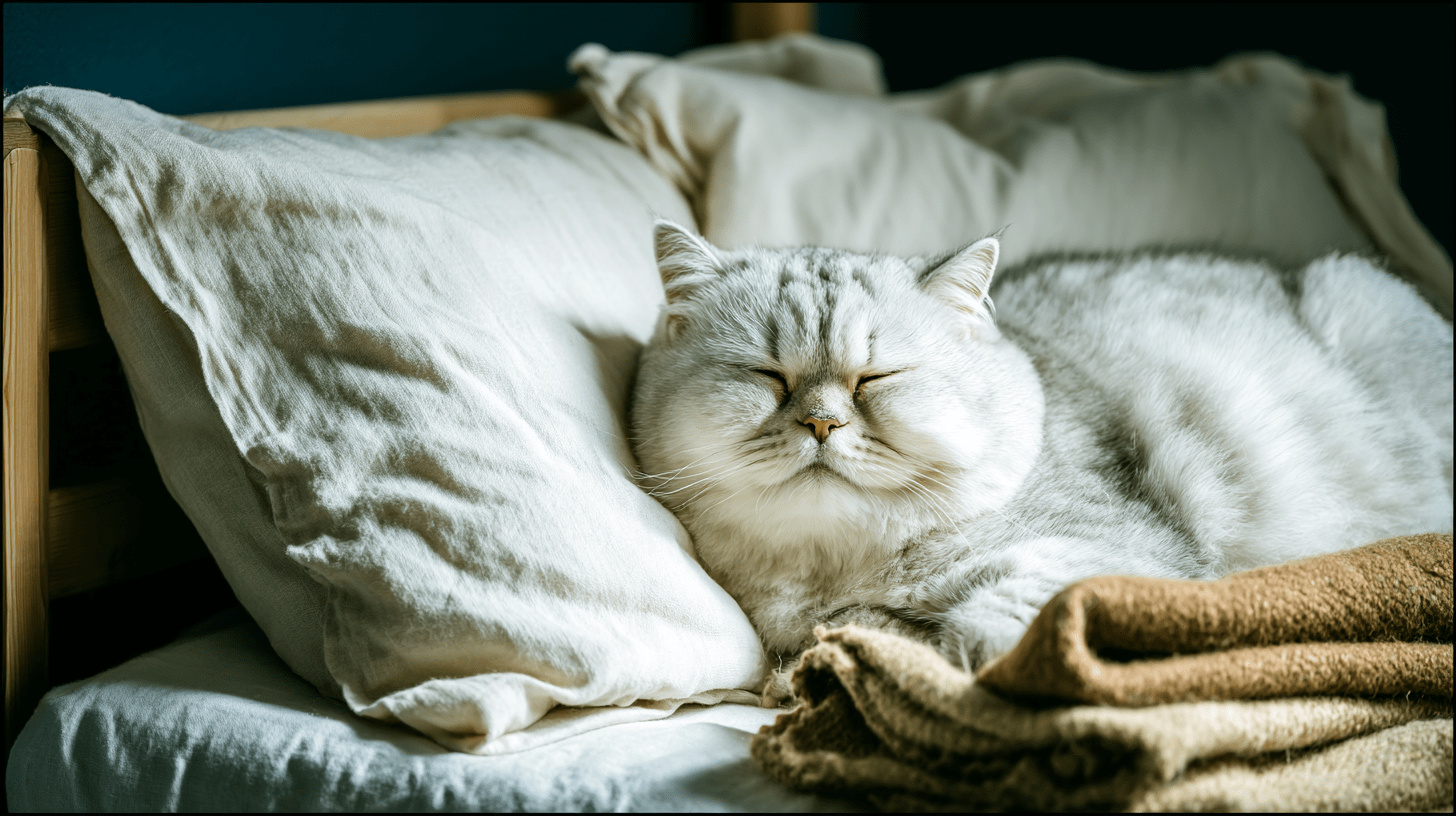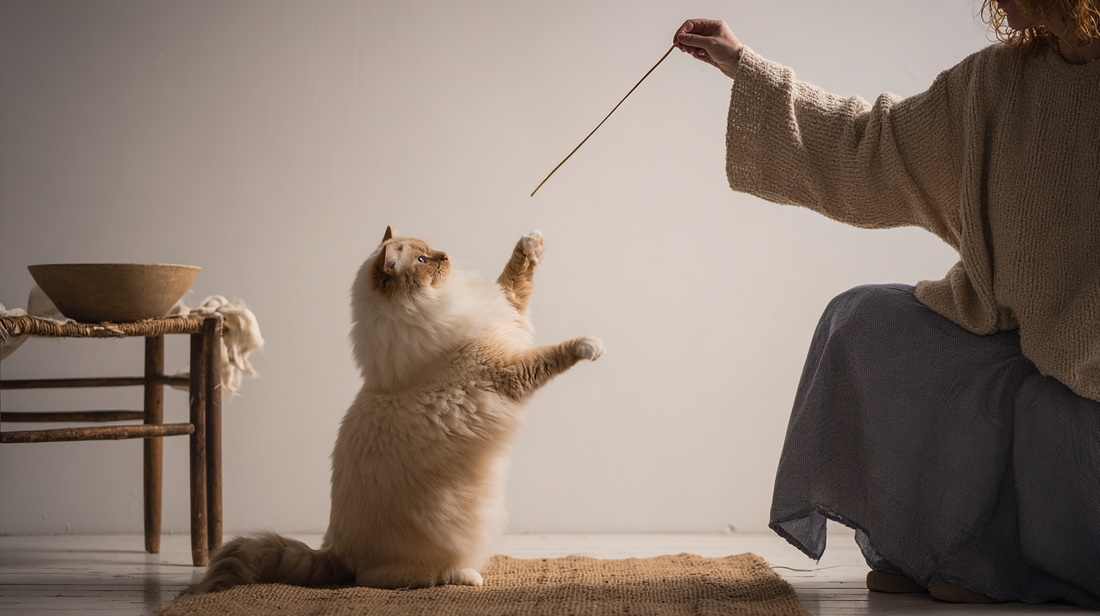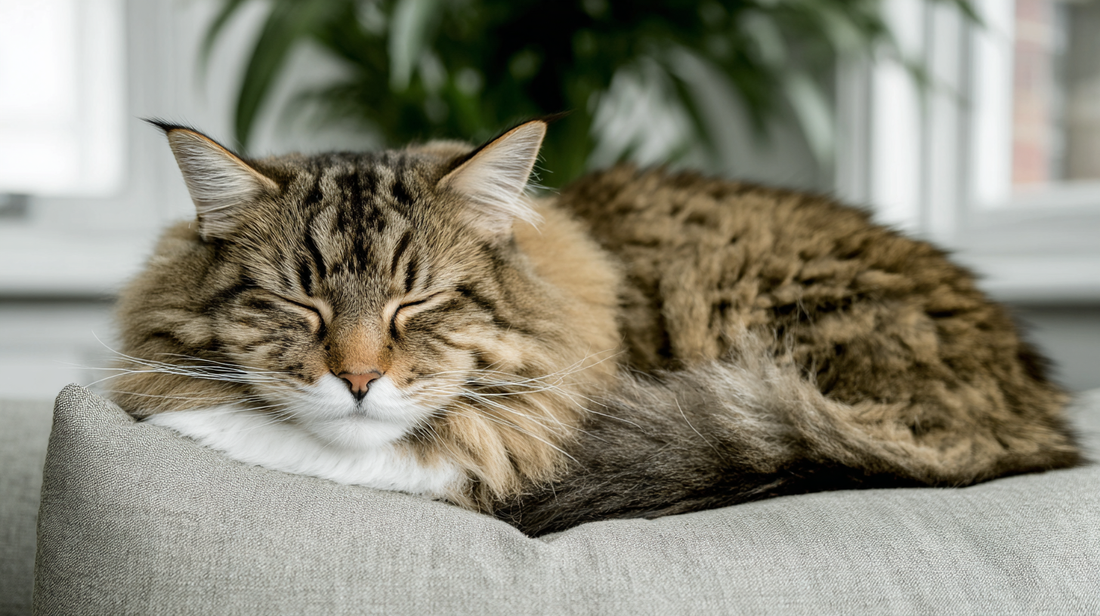Hello, fellow cat lovers! As a veterinarian, I understand that bringing your beloved feline companion in for a surgical procedure, especially sterilization (spaying or ovariohysterectomy), naturally stirs up mixed emotions. You feel reassured knowing you're protecting her future health, yet understandably anxious about the surgery and what comes next after female cat sterilization. My goal is to guide you through what to expect during recovery after female cat sterilization, empowering you with the knowledge needed to provide exceptional care as your cat recovers and thrives. Together, we'll explore everything from immediate post-operative steps to important long-term considerations, all grounded in veterinary science yet explained clearly for every dedicated pet parent.
Summary
Bringing your cat home: Essential care after female cat sterilization
Once your veterinarian discharges your cat from the hospital, her journey to full recovery truly begins at home. Your veterinary team will have carefully prepared her for discharge, which often includes a reassuring phone call or text with a photo of your pet awake and comfortable.
Discharge appointments work best in a calm examination room without your pet initially present, allowing for focused discussion without distractions. This crucial time is when your veterinary nurse will thoroughly review all critical instructions with you for proper care after female cat sterilization.
Why pain relief matters most
Pain management stands as your top priority after female cat sterilization. Your cat will likely go home with prescribed pain medication, which is absolutely essential for her comfort and proper healing. Think of this like a human recovering from surgery—she needs adequate pain relief to rest peacefully and mend effectively.
While assessing pain in cats can be challenging, watch for signs of discomfort including changes in her behavior, posture, or vocalization patterns. You must administer these medications exactly as your veterinarian has prescribed for optimal healing after female cat sterilization.

How to check the incision site daily
Incision care requires your vigilant attention. You'll need to monitor the surgical site daily, watching carefully for any redness, swelling, discharge, or signs that it appears open. Most importantly, you must prevent your cat from licking or chewing at the incision, as this introduces harmful bacteria and significantly delays the healing process.
Your veterinarian may provide an Elizabethan collar or a special surgical suit to help protect the area during recovery after female cat sterilization. Remember that all skin incisions must remain clean throughout the healing period.
Setting up the perfect recovery space
Activity restriction and thoughtful feeding become key priorities during these first critical days. Your cat needs a quiet, comfortable space where she can rest and recover peacefully, well away from other pets or young children. Excessive jumping or running could strain the delicate incision site.
For nutrition, your veterinarian typically recommends a soft diet until the surgical site heals completely. If your cat shows reluctance to eat, your veterinary team might suggest offering "canned food meatballs" for easier consumption. After bringing her home, ensure your cat has access to a quiet space, calming music, species-specific pheromones, and her favorite toys and treats, as many pets need extended sleep following their procedure and during recovery after female cat sterilization.
What to expect after female cat sterilization: Long-term health benefits
Behavioral improvements you'll notice

Preventing weight gain in spayed cats
One very important long-term consideration you'll need to address is proactive weight management. After female cat sterilization, your cat's metabolism will likely change, making her more prone to gradual weight gain. Obesity can lead to decreased quality of life, shortened lifespan, and increased risk of serious diseases like diabetes mellitus. This isn't about placing blame—it's simply a common physiological change due to metabolic shifts that occur after surgery.
To help your cat maintain a healthy weight, careful diet adjustment and consistent monitoring become crucial components of her care. Your veterinarian will discuss a specific feeding plan and exercise regime tailored to your cat's life stage and any existing health conditions.
The Body Condition Score (BCS), a standardized scale typically ranging from 1 to 9, helps accurately assess whether your cat maintains an ideal weight (usually scoring 4 or 5 out of 9). This valuable visual tool helps both you and your veterinary team track her progress over time during the months after female cat sterilization.
Which diet works best for your spayed cat?
When discussing nutritional needs, wet food often works best for cats, particularly for weight management, as it increases satiety (the feeling of fullness) and provides lower energy density compared to dry foods. If you choose dry diets, look for options that are high in protein, possibly high in fiber, and reduced in fat content—these are generally recommended for spayed cats. Any diet transition should proceed gradually, typically over one to two weeks, to prevent gastrointestinal upset or the development of food aversion.
Even treats can remain part of a healthy diet, provided they contribute no more than 10% of your cat's total daily caloric intake. Your veterinary team will proactively monitor your cat's weight trends and address any concerning weight gain early during her annual examinations, especially in the months after female cat sterilization when metabolic changes are most significant.

Working with your veterinary team
Your partnership with your veterinary team forms the cornerstone of your cat's health and well-being throughout her life. Effective communication ranks as one of the most important skills veterinary professionals use to provide optimal care.
We work alongside you, not just for your pet's benefit, but to support and guide you in your vital role as a pet parent.
Communication strategies that improve your cat's care
Here's how you can make the most of this important partnership:
Open dialogue and questions: never hesitate to ask questions about your cat's care. We actively encourage you to summarize your understanding of the care plan in your own words, ensuring we're all aligned on the same page. We genuinely want to hear your priorities and expectations for your cat's ongoing care.
Understanding "why": adherence to treatment plans improves significantly when pet owners clearly understand why we recommend a particular medication, diet, or follow-up appointment and what positive outcome we expect. We strive to explain complex medical information using clear, straightforward language while avoiding unnecessary jargon whenever possible.
Leveraging communication tools: we recognize that remembering everything during veterinary visits can feel overwhelming. We utilize various helpful tools, such as detailed written instructions, email updates, or text reminders for upcoming appointments and check-ups. These tools effectively reinforce our verbal advice and ensure you have all necessary information readily available at home.
Long-term follow-up: regular check-ups remain important for your cat's health, even when she appears perfectly fine. These visits allow your veterinary team to monitor her long-term health trends, adjust nutritional plans as needed, and address any subtle changes in behavior or overall well-being before they become problems.

Making vet visits stress-free
We understand that veterinary visits can create stress for both you and your cat. To make future appointments as smooth and comfortable as possible, consider these proven strategies:
Simple preparation techniques that work
- Carrier Training: gradually accustom your cat to her carrier outside of veterinary visits. Leaving the carrier open in your home with appealing treats or favorite toys can transform it into a positive, familiar space she associates with comfort rather than stress.
- Pre-Visit Preparation: ask your clinic about specific pre-visit advice, such as avoiding large meals before travel, bringing your cat's own bedding to provide familiar scents, and waiting in your car instead of the waiting room to reduce her exposure to unfamiliar smells and sounds. Some cats benefit significantly from a pre-appointment sedative like gabapentin to reduce stress during both travel and examination.
- Low-Stress Handling: our team commits to using low-stress handling techniques, minimizing unnecessary restraint and carefully adjusting our approach based on your cat's unique body language and comfort level. We also recommend that you provide your cat with soft bedding that carries familiar home scents to help eliminate any residual clinic smells and ease her transition back to her normal routine.

Conclusion
The information in this article is based on the following scientific publications:
- Elliott, J., & Grauer, G. (Eds.). (2006-2007). BSAVA Manual of Canine and Feline Nephrology and Urology (2nd ed.). BSAVA Publications.
- Villiers, E., & Blackwood, L. (Eds.). (2005). BSAVA Manual of Canine and Feline Clinical Pathology (2nd ed.). BSAVA Publications, Gloucester
- Horwitz, D. F., & Mills, D. S. (Eds.). (2009). BSAVA Manual of Canine and Feline Behavioural Medicine (2nd ed.). BSAVA Publications, Gloucester
- Harvey, A., & Tasker, S. (Eds.). BSAVA Manual of Feline Practice: A Foundation Manual. BSAVA Publications
- Rendle, M., & Hinde-Megarity, J. (Eds.). (2022). BSAVA Manual of Practical Veterinary Welfare (1st ed.). BSAVA Publications.
Looking for a solution? Start here
Stylla Calmness for cats
Supports relaxation and emotional balance with amino acid-based formulation
- Promotes emotional balance and relaxation
- Helps maintain balanced behaviour
- Supports healthy physiological equilibrium
Made in Switzerland with strict quality standards





